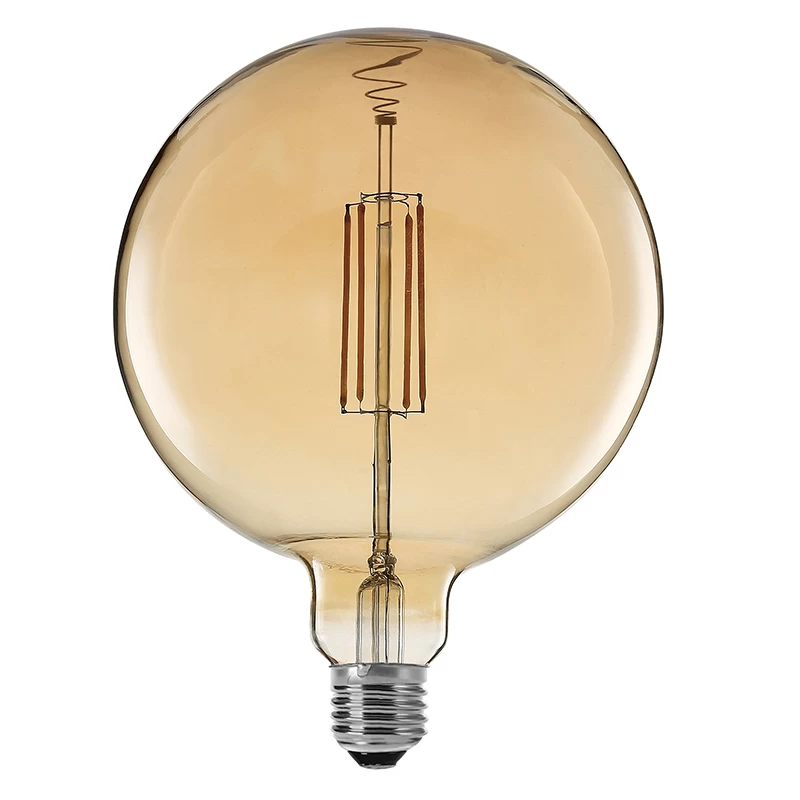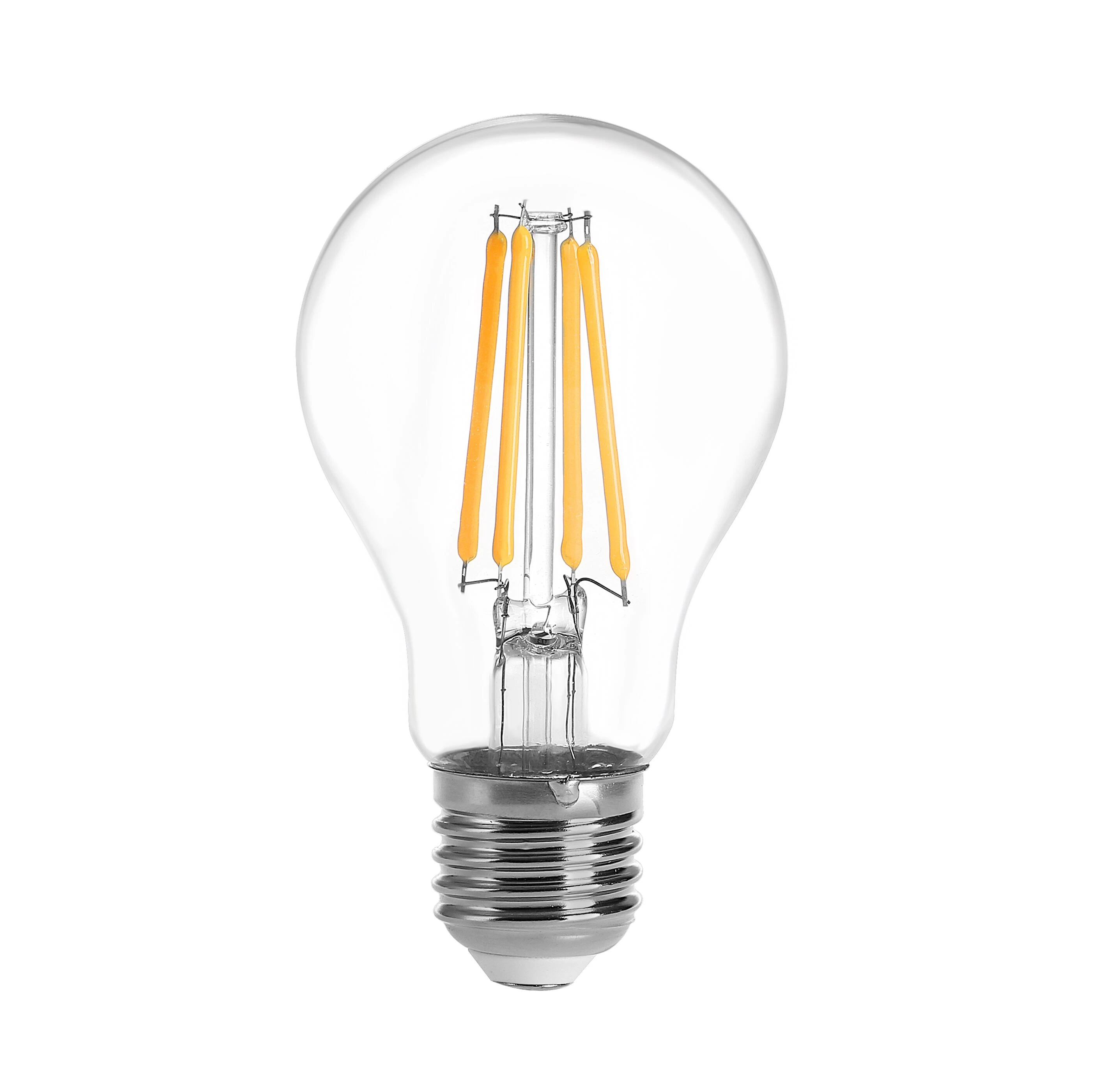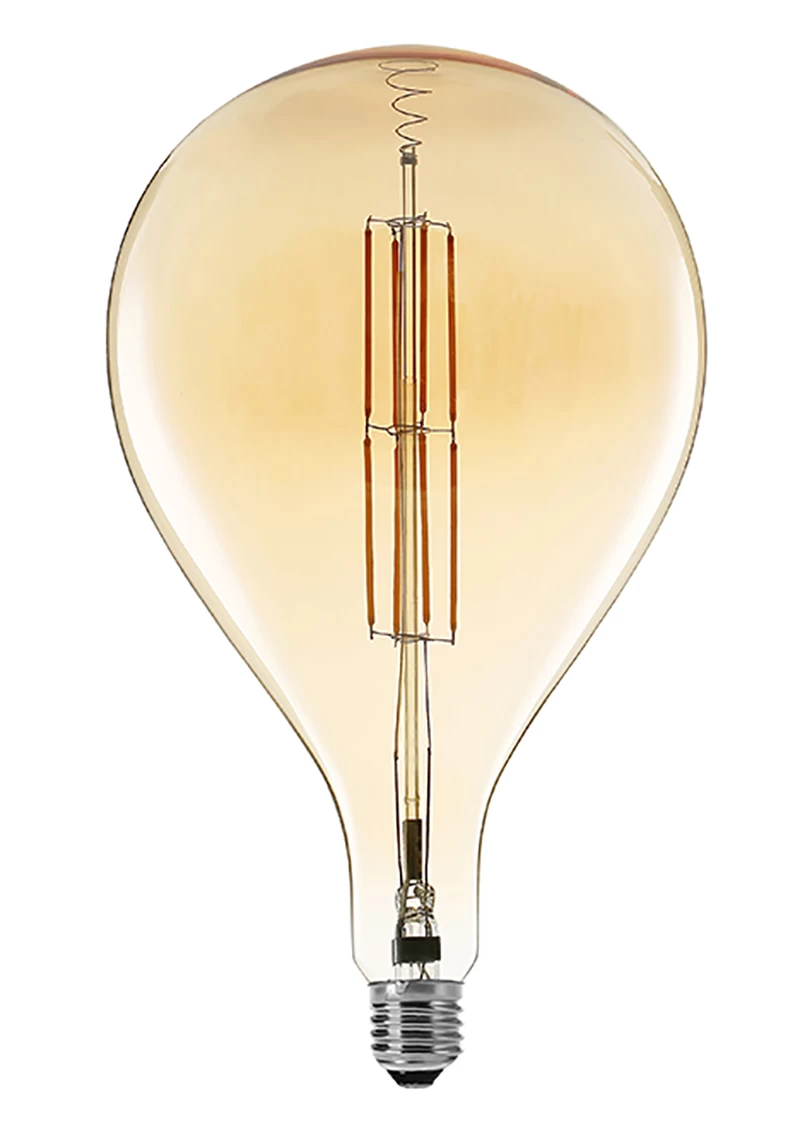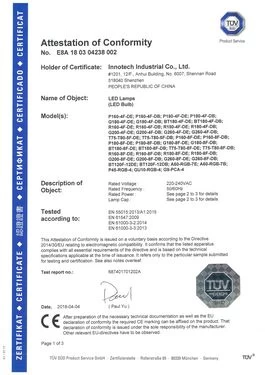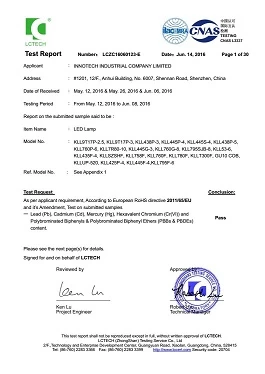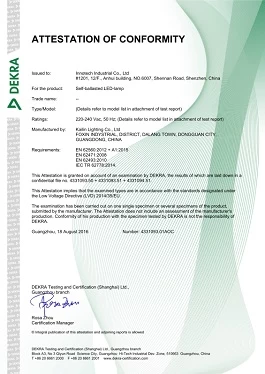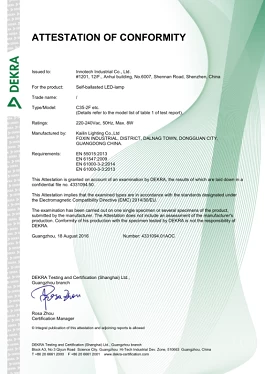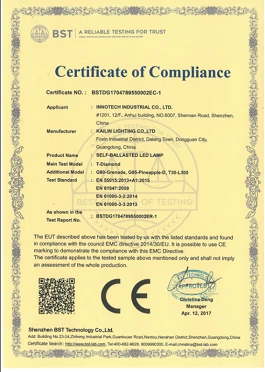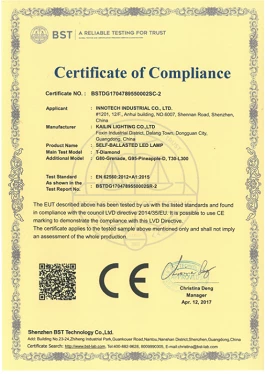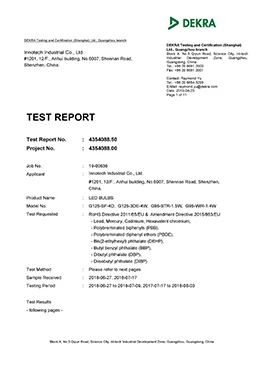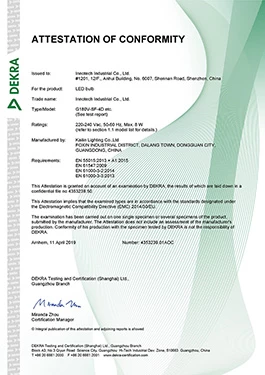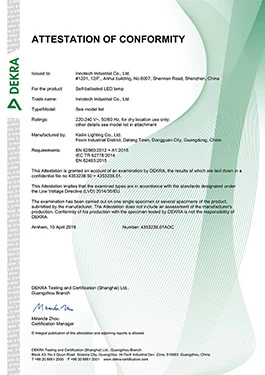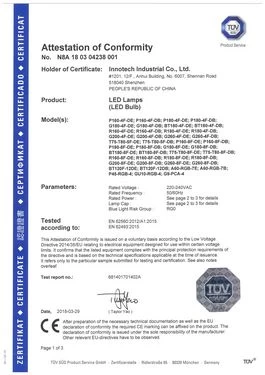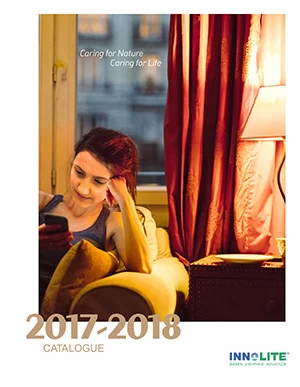How to replace a GU10 bulb:
1. Squeeze the clip (or use sucker provided) to release the bulb from the fitting
2. Turn bulb counter clockwise to ‘unhook’ from the power supply
3. Twist new bulb clockwise into position
4. Replace clip
2017-2020 LED intelligent lighting market development and communication technology change trend
Innotech
Innotech
2018-09-30 11:02:25
After years of low-cost competition and industry consolidation, the LED lighting industry has entered a mature stage. The product cost performance has been greatly improved, the application market penetration rate has increased, and the traditional application market has gradually saturated. The competitive advantage of enterprises is gradually shifting from enterprise scale and product cost to product and technology capabilities, and the added value of products is increasingly prominent.
The rise of the Internet of Things has led LED lighting to move towards high-value digital lighting in small networks. Intelligent systems can collect users, environment and other information through various sensors, perform data analysis, and then adjust equipment. The integration of personalized, people-oriented smart lighting is becoming the focus of future industrial development.

In 2017, with the development of technology, mature products, active promotion of manufacturers, and popularization of concepts related to smart lighting, the global smart lighting market has entered a stage of rapid development. The market size is close to 4.6 billion US dollars, and the annual growth rate is 95%. The market is expected to continue to grow in the next few years, and by 2020 the global smart lighting scale will reach $13.4 billion.
Smart lighting as a smart city access port has inherent advantages, and major manufacturers are actively deploying
Smart lighting not only achieves higher profit margins, but is also an excellent access point for smart cities. With the continuous development of cities, energy consumption, infrastructure and other aspects bring more and more challenges. By 2030, the global urban population is expected to reach 60%, and urban energy consumption accounts for about 75% of the total global energy consumption. %, and lighting will account for nearly 40% of the city's total energy consumption. As an important part of smart cities, smart lighting has inherent advantages in the number of IoT access points, and governments are also actively promoting the development of smart cities.
Lighting giants including Philips and Osram have also laid out this market. In 2015, Philips Lighting participated in the smart connected road lighting pilot project in Los Angeles, deploying Philips CityTouch intelligent connected road lighting management system in Los Angeles, and Philips Lighting will be in 2017. The intelligent interconnected road lighting system was introduced to China, and combined with China Telecom's next-generation Internet of Things (NB-IoT) technology and Tianyi cloud technology services, it can be connected to include urban emergency systems, traffic signal management systems, security monitoring systems, etc. Various smart city applications will jointly accelerate the construction of smart cities in China.
In January 2018, OSRAM released the new smart city central management platform SymphoCityTM (an open platform system that integrates software and hardware). In addition to managing lighting, it also enables a multi-functional integrated smart city central management platform for integrated management of urban security, environment, energy and communications. This will help city managers improve efficiency, reduce costs and promote the development of smart cities.
In addition, Chinese manufacturers Feile Audio and Chau Ming Technology are also promoting smart street lamps. Currently, they mainly undertake projects related to the Chinese government. Feile Audio has signed a smart city strategic cooperation agreement with more than 20 cities, and with Guizhou Province. The Gonggong County Government plans to build a project with a total investment of approximately RMB 4 billion.

 +
+




